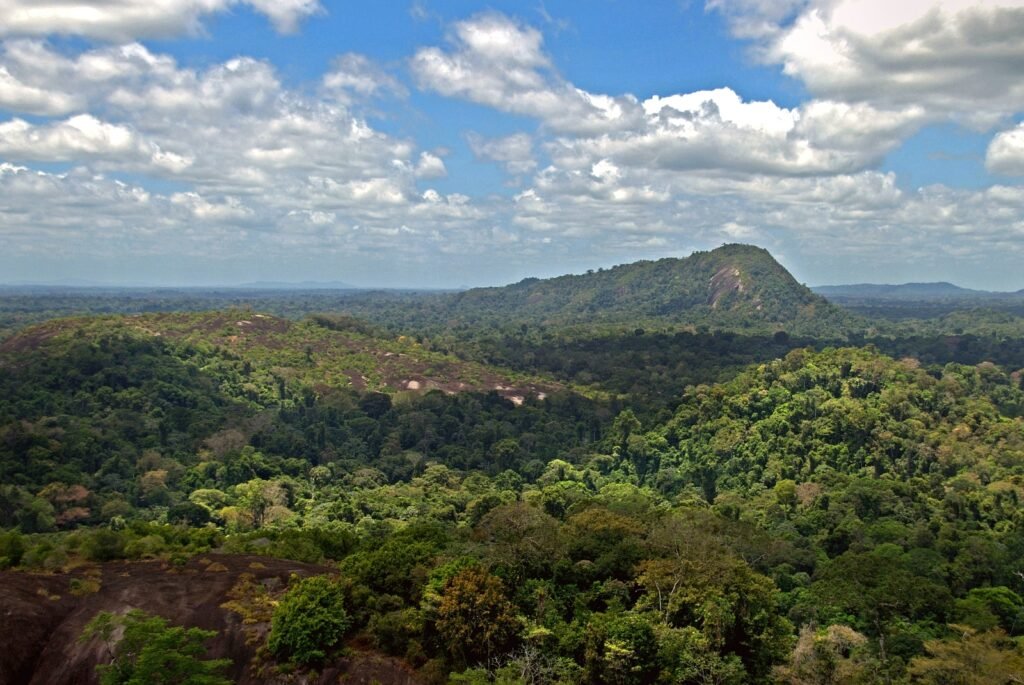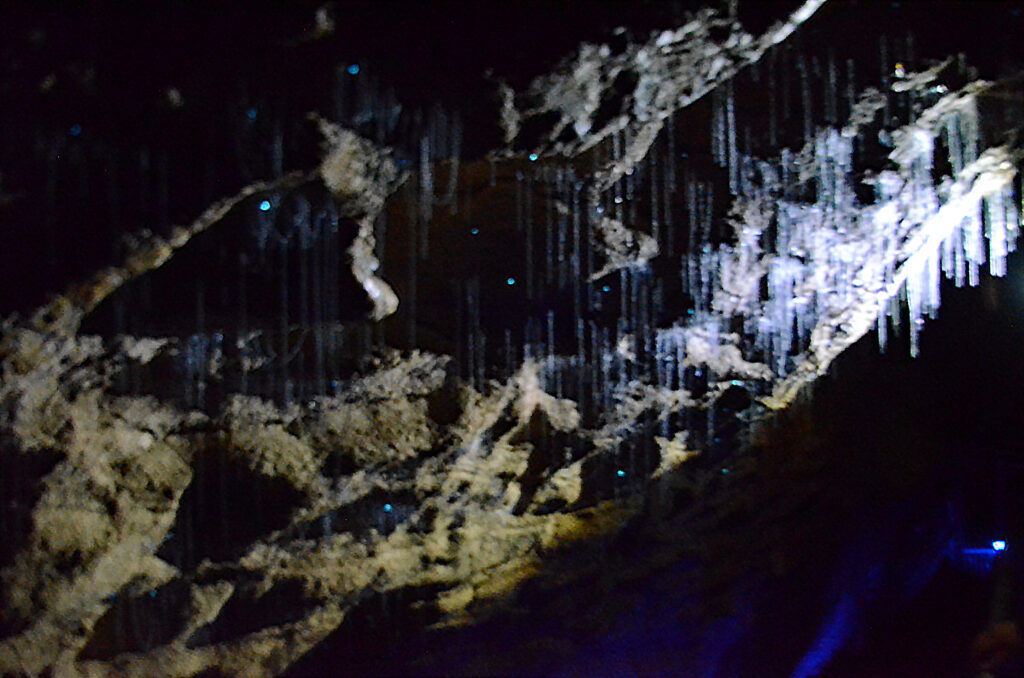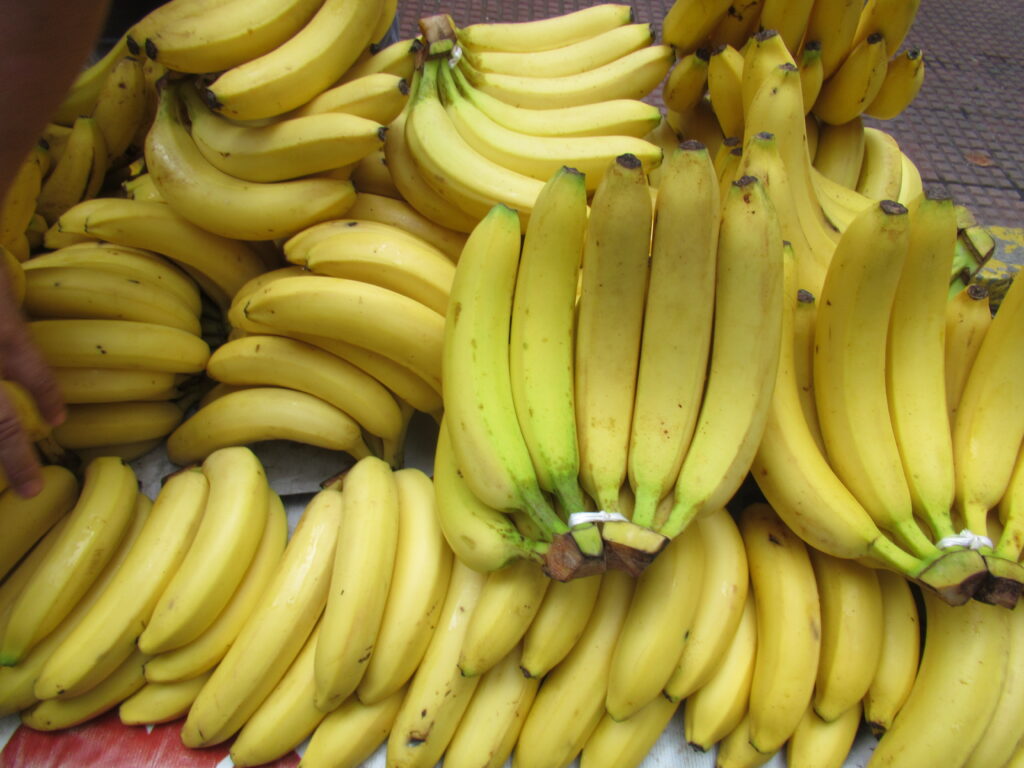The Amazon Rainforest is often referred to as the “lungs of the Earth,” and it’s not hard to see why. Spanning over 5.5 million square kilometers across nine countries, the Amazon is a colossal natural marvel that plays a vital role in maintaining our planet’s climatic balance, biodiversity, and ecological health. But what makes this forest so crucial, and what is at stake if we fail to protect it? Let’s explore why the Amazon Rainforest is indispensable for the planet’s health.
The Green Lungs of the Planet
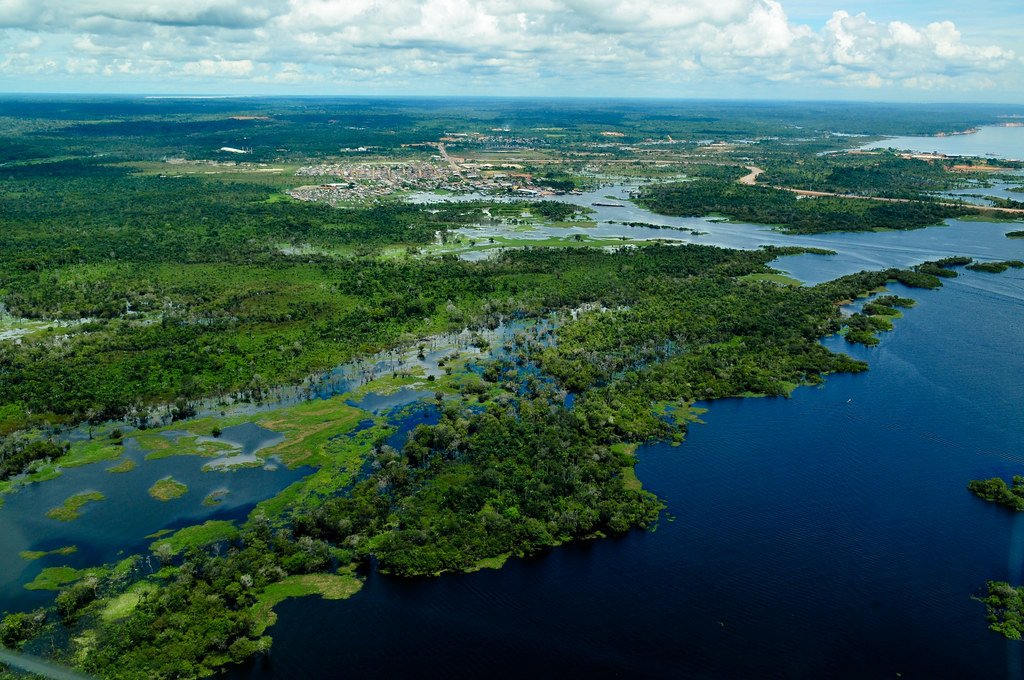
The Amazon Rainforest is widely known for its unparalleled ability to absorb vast amounts of carbon dioxide and release oxygen. This process not only contributes to global oxygen supplies but also helps mitigate the effects of climate change by acting as a significant carbon sink. In fact, the Amazon is responsible for producing approximately 20% of the Earth’s oxygen, emphasizing its critical role in maintaining air quality and climate regulation.
A Biodiversity Hotspot

The Amazon is home to an incredible array of flora and fauna. It houses approximately 10% of the world’s known species, many of which are found nowhere else on Earth. This biodiversity is not just an ecological treasure but also a key to scientific discoveries in medicine, agriculture, and biotechnology. Protecting the Amazon means preserving potential solutions to global health challenges.
The Crucial Hydrological Cycle

The Amazon Rainforest greatly influences rainfall patterns across South America and beyond. The trees release water vapor into the atmosphere through a process known as transpiration, which helps form clouds and, subsequently, rain. This cycle is vital for agricultural activities in regions far removed from the Amazon itself, making its preservation crucial for food security both locally and globally.
Indigenous Knowledge and Cultures
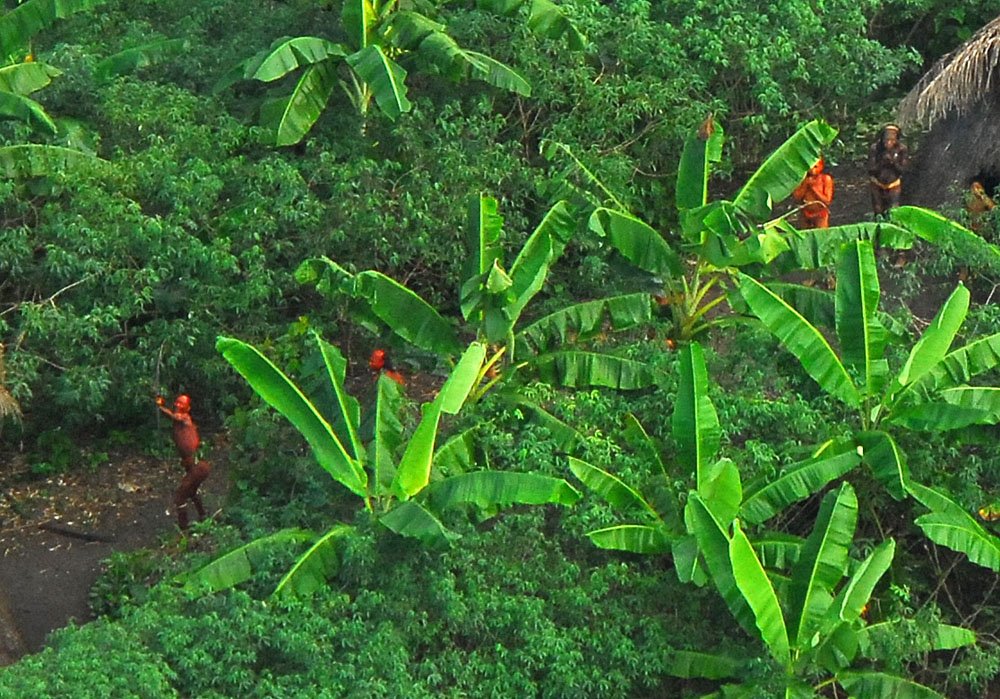
Within the Amazon reside numerous indigenous communities whose ways of life have remained intertwined with the forest for centuries. These communities possess invaluable knowledge regarding sustainable living and biodiversity management. Protecting the Amazon also means preserving these cultures and their traditional wisdom, which can guide modern conservation efforts.
Climate Change Mitigation
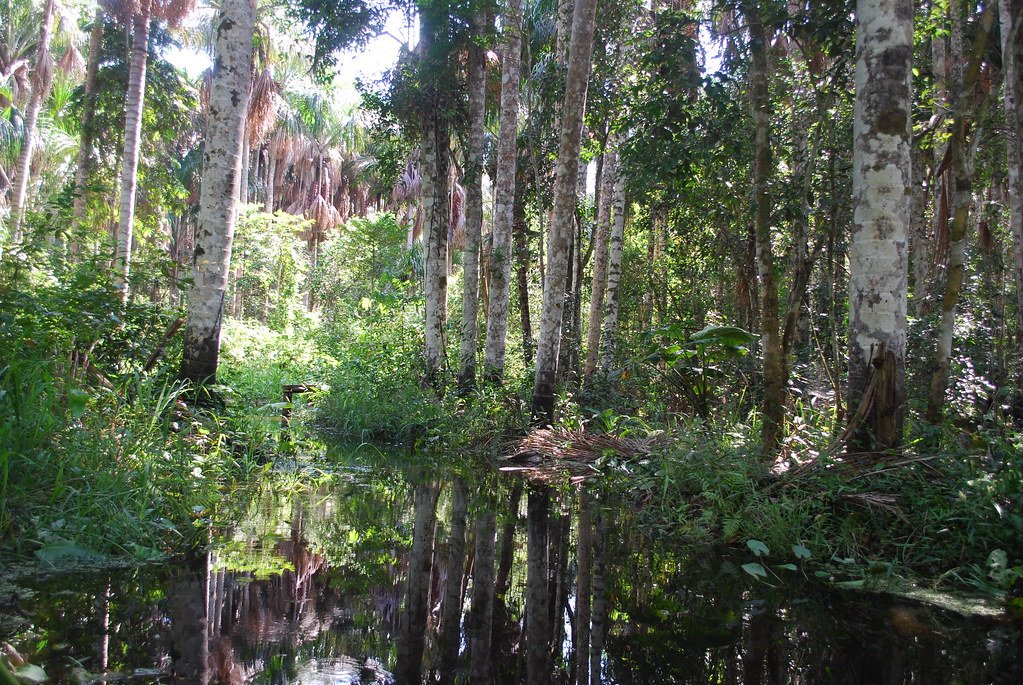
Deforestation and degradation of the Amazon release carbon that has been stored for centuries back into the atmosphere, contributing to global warming. By protecting the Amazon, we not only prevent these emissions but also maintain a natural mechanism that absorbs and stores carbon, thereby aiding in climate change mitigation.
Supporting Global Weather Patterns

The Amazon has a profound impact on weather systems far beyond its borders. Through its interactions with the atmosphere, it influences ocean currents and the global climate, playing a role in weather patterns that affect entire continents. Protecting the Amazon is crucial for maintaining these natural systems that billions of people rely upon.
Natural Pharmacy

Many of the world’s most important pharmaceuticals originate from plant species found in the Amazon. From chemotherapy agents to pain relievers, the Amazon’s flora offer an untapped resource for medical research. Continued exploration and conservation of this natural pharmacy hold the promise of breakthroughs in healthcare.
Preventing Soil Erosion
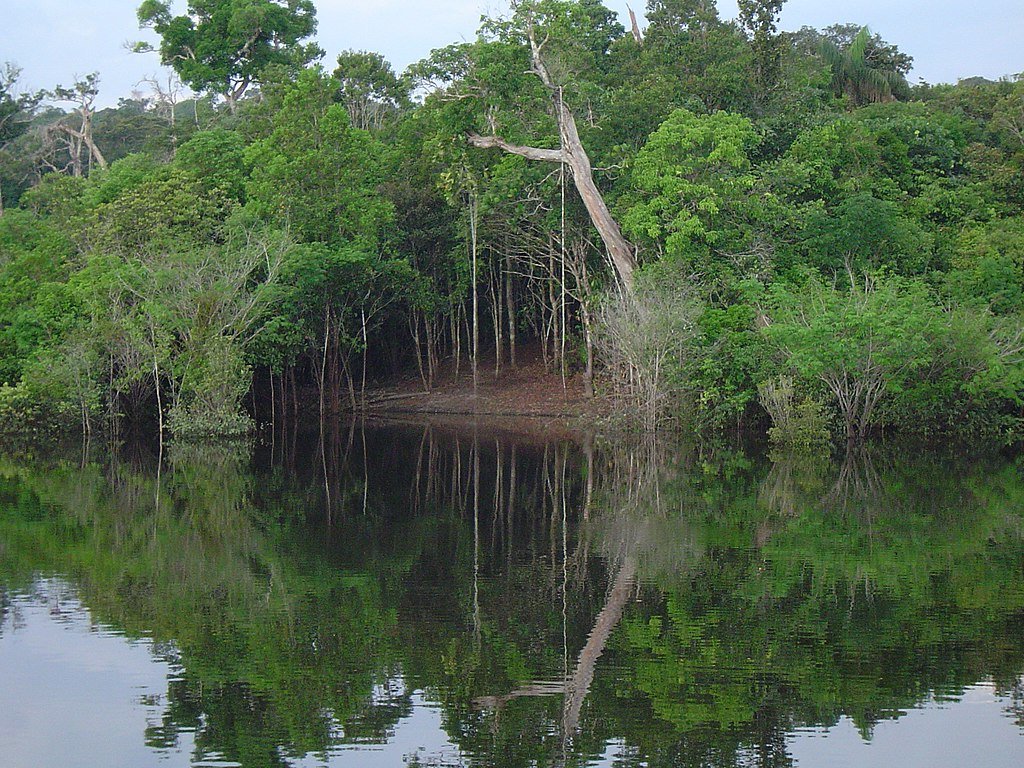
The dense canopy of the Amazon helps to protect the forest floor from the harsh impacts of rain, reducing soil erosion. This not only preserves the fertile topsoil necessary for plant growth but also prevents the silting of rivers, which can negatively affect aquatic ecosystems both locally and downstream.
Economical and Sustainable Resources

The Amazon is a source of numerous resources that, when harvested sustainably, can support local and global economies without causing environmental harm. This includes products like rubber, nuts, and essential oils. Promoting sustainable use of these resources ensures environmental preservation while supporting economic development.
Ecosystem Resilience

The Amazon’s vast and interconnected ecosystem contributes to its resilience against environmental changes. This resilience is not only essential for the survival of the species within the rainforest but also provides lessons in ecosystem management and adaptability that are applicable globally.
Natural Water Filtration

The rainforest plays a significant role in the natural filtration and regulation of water supplies. The Amazon’s extensive river system, which includes the mighty Amazon River itself, acts as a critical component of the global water cycle, highlighting its importance beyond its immediate geographical boundaries.
A Carbon Reserve

The carbon stored in the Amazon’s trees represents a massive terrestrial carbon reserve. This reserve helps regulate the Earth’s atmosphere by offsetting pollutants and balancing carbon emissions, essential in the fight against climate change.
Tourism and Cultural Exchange
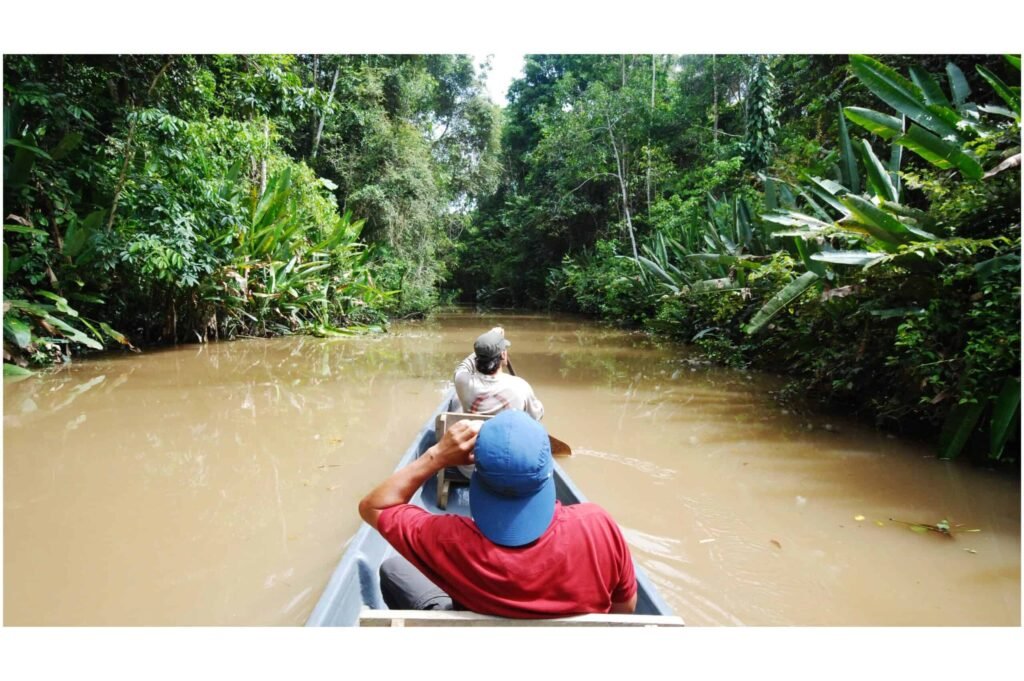
The Amazon attracts millions of tourists each year, eager to experience its natural beauty and engage with its unique cultural and ecological offerings. This tourism supports local economies and encourages cultural exchange, highlighting the value of maintaining this natural wonder for future generations to explore and learn from.
A Crucible for Evolution

The Amazon serves as a laboratory for evolution, where species continuously adapt to the changing environment. This evolutionary process offers insights into the resilience of life on Earth and the potential adaptations necessary to cope with future environmental changes.
The Preservation of Genetic Diversity
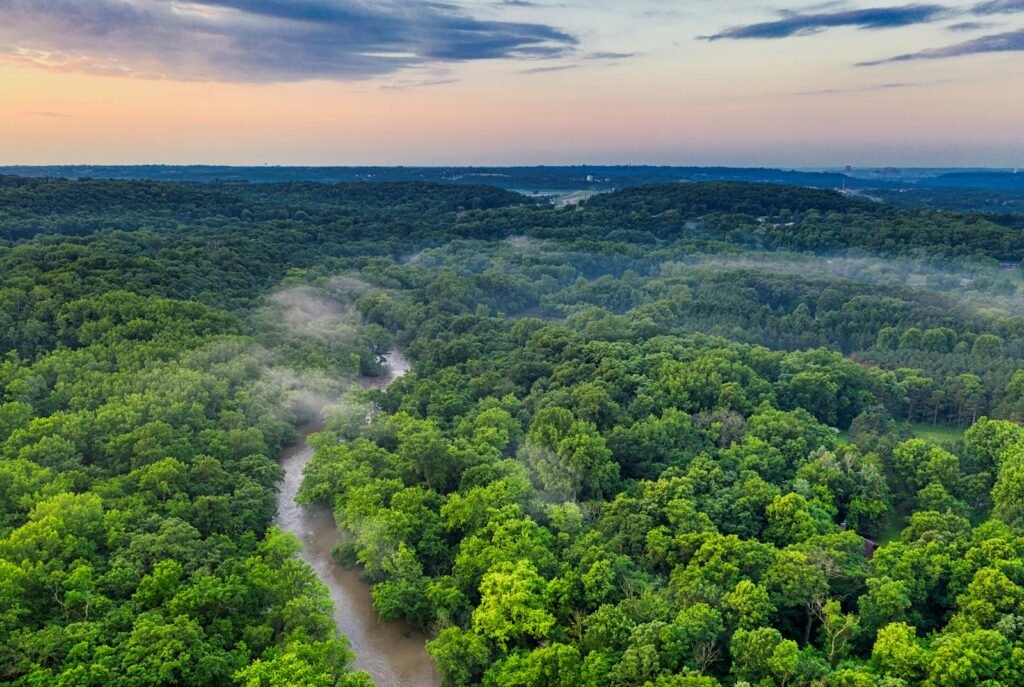
In a world facing rapid environmental changes, the genetic diversity housed within the Amazon provides a crucial buffer. These genetic resources can serve as a foundation for the adaptation and resilience of agricultural crops and natural ecosystems, potentially contributing to global food security.
The Interconnectedness of Life
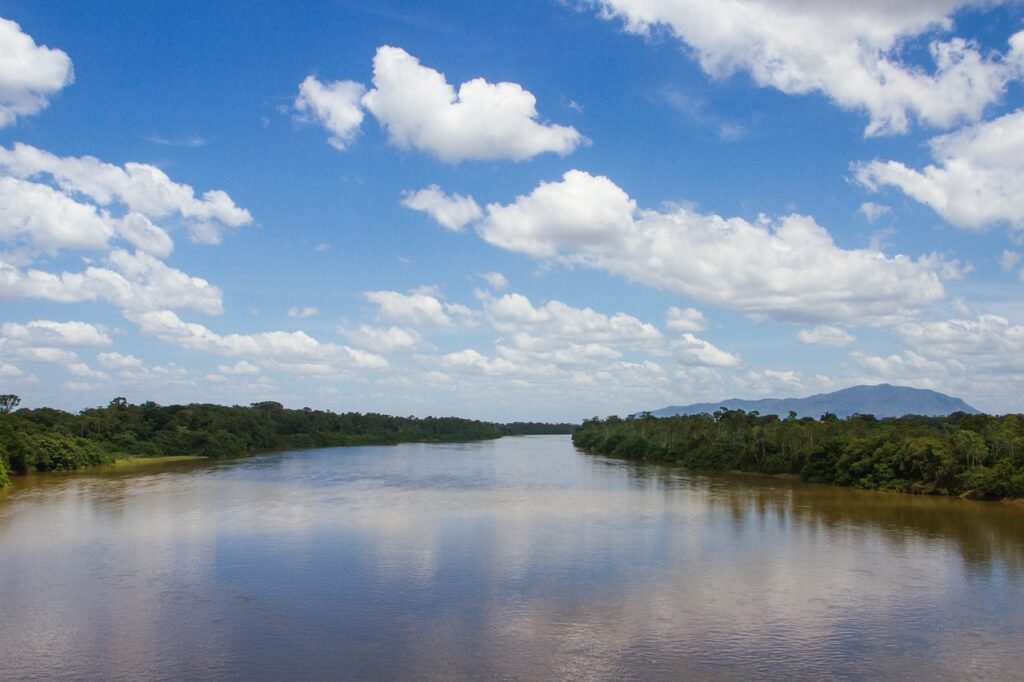
The Amazon demonstrates the interconnectedness of all life forms. The loss of even a single species can have cascading effects on the entire ecosystem. Understanding and preserving these connections is essential for maintaining the complex web of life that sustains the planet.
A Reminder of Nature’s Wonder
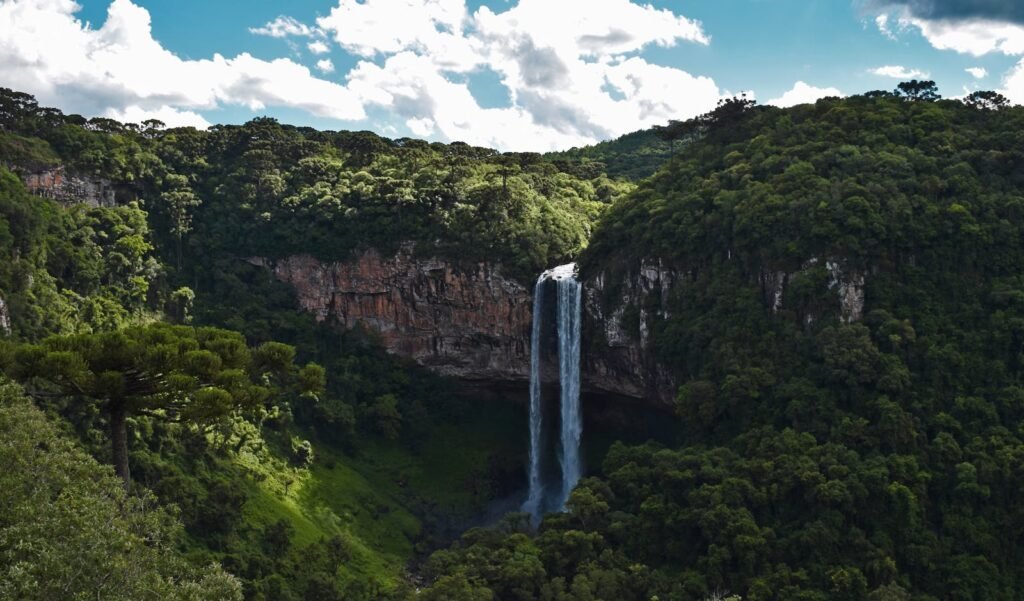
Finally, the Amazon serves as a powerful reminder of the beauty and complexity of nature. Protecting this irreplaceable forest is not just about practical benefits but also about preserving a wonder of the natural world that inspires and enriches human life.
In conclusion, the Amazon Rainforest is far more than a mere collection of trees. It is an intricate and vital component of Earth’s ecological balance, whose health affects us all. By safeguarding the Amazon, we preserve a treasure trove of biodiversity, a crucial stabilizer of global climate, and a vibrant testament to nature’s resilience and beauty. The protection of the Amazon Rainforest is, without a doubt, a global responsibility that requires concerted efforts to ensure the health and well-being of our planet for generations to come.

